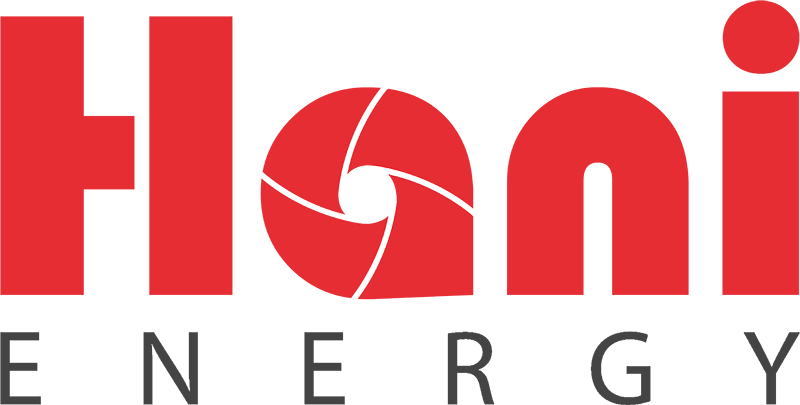
Calibration & Tuning
what is calibration ?
Calibration helps a power plant to maintain and improve safety, as well as to meet national and international standards. However, calibration is also a matter of profitability. By using high-accuracy calibration equipment, the accuracy of vital measurements can be maintained at required levels and plants can increase their annual power production capability.
Instrumentation is used to measure energy flow within power and energy operations in order to monitor and improve operations. While these instruments are not directly used for billing purposes, their proper operation is often key to identifying and preventing energy losses that can have large economic consequences. Failure to properly calibrate these instruments can lead to significant economic consequences.
what kind of instruments are calibrated ?
Instruments typically calibrated in power plants include transmitters, switches, gauges, transducers, frequency devices, and pulse counters. Failure to properly calibrate these devices can significantly affect process operation. Calibrating instruments properly in a timely manner is an important aspect of ensuring the environmental integrity of the process that can reduce the number and severity of environmental issues.
Increasing productivity and safety Accurate measurements can allow increased energy production. For instance, reducing the measurement uncertainty in a nuclear power plant can potentially increase electrical production up to nearly 2 per cent (see CNA case story).
The economic consequence of this seemingly small power increase typically increases revenues by many millions of euros because the total value of power and energy flows can easily be over a billion euros per year. Small measurement errors caused by poor calibration techniques can potentially result in major revenue losses. Plants are also required to maintain calibration equipment traceable to national and international standards, such as NIST, ISO 9001 and ISO 17025.
Safety is based upon never exceeding established operating limits such as reactor power and cooling capacity. A by-product of improved calibration is an improvement in safety. There are fewer problems because instruments periodically calibrated to more accurate standards reduce the risk associated with these measurements. In addition, improved calibration standards can be used to detect instrument degradation sooner.
Power and energy industry calibration
Field calibration allows the in-situ calibration of instruments that measure electrical parameters such as voltage, current, and power—some of which may be used for billing purposes in a power plant. The performance of natural gas and oil flow measurement systems can also influence billing.
